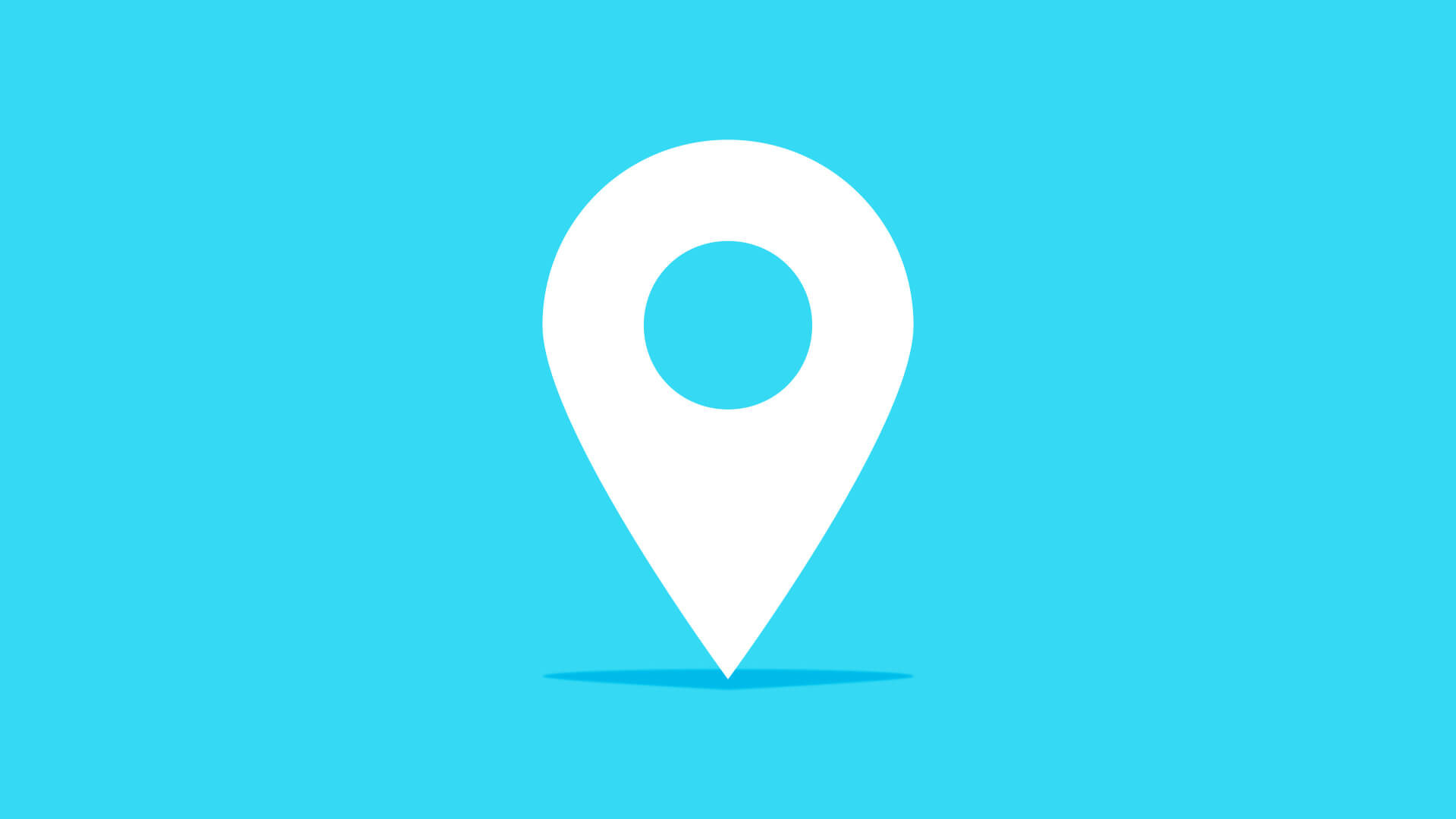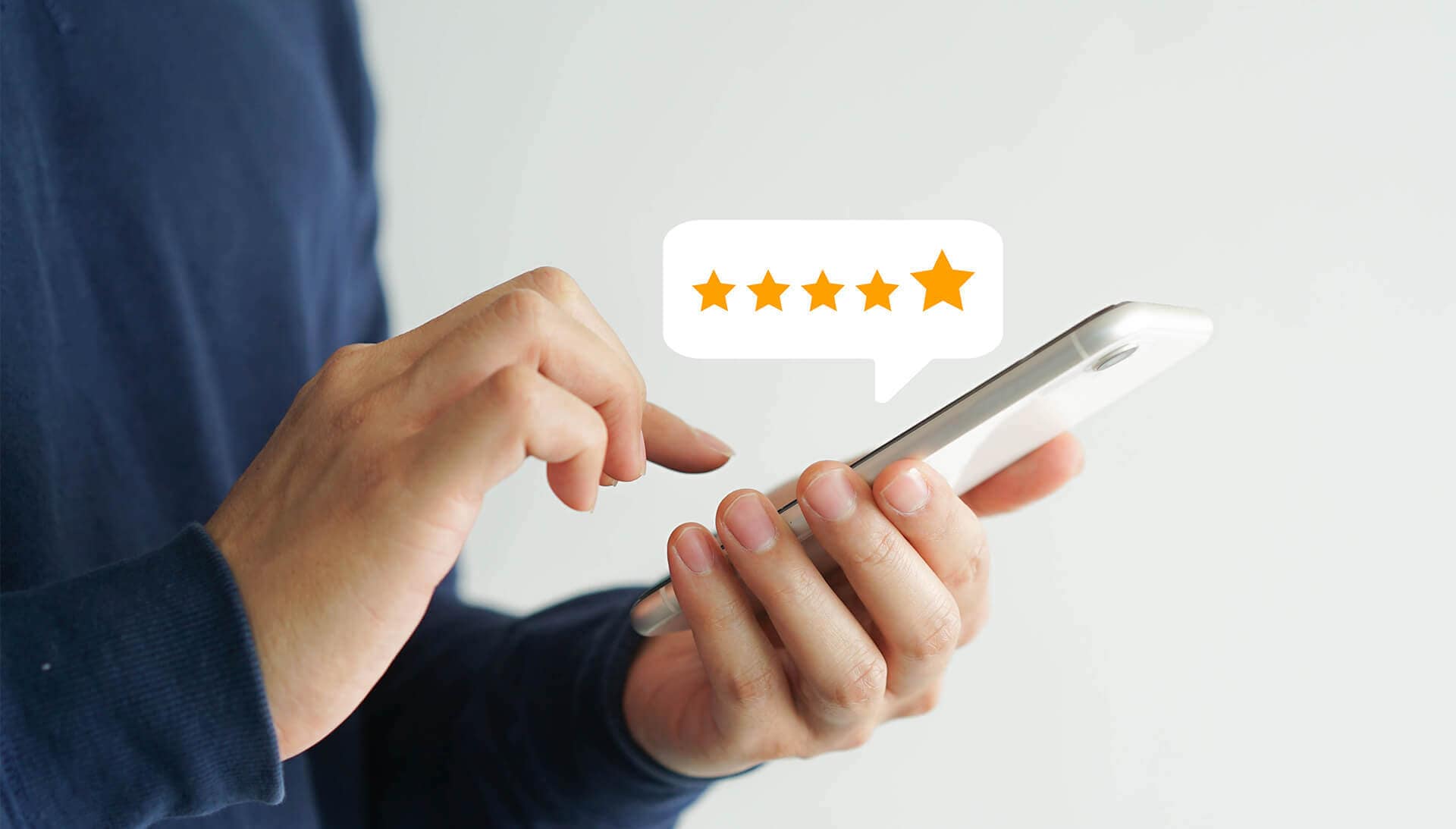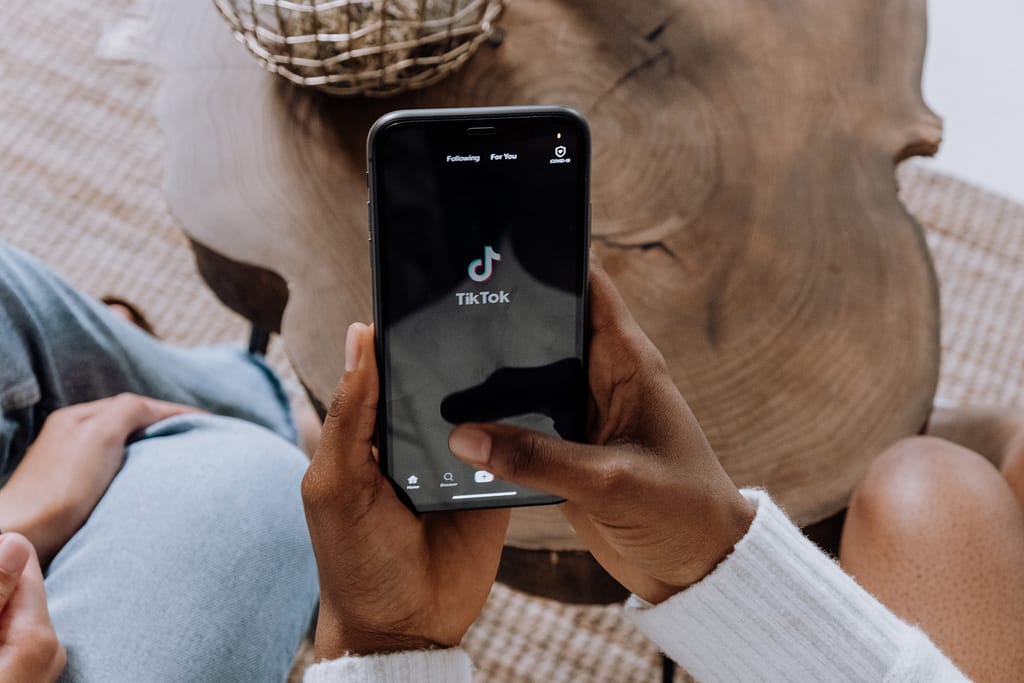Posted 22.04.2025
By Susan Giles
Visibility in search results is valuable to earn but never easy to achieve. And when it comes to local searches like ‘best coffee shop near me’ or ‘furniture store in Derby’, this is especially true.
Earning a coveted place on Google Maps or at the top of local searches can drive customers not just to your website but to your physical store too. But how do you secure that spot?
In this post, we’ll show you how to optimise your online presence to improve your local visibility. We’ll explore what makes local SEO different, why it’s so important and show you the steps you need to win more local traffic for your business. Both for your website and for your physical location.
Local SEO is a type of search engine optimisation (SEO) that improves visibility for businesses in their local search results. This is achieved in a range of ways, including optimising for local keywords, optimising your Google Business Profile, and creating consistent citations.
Local SEO is important because it increases a business’s visibility in local search results, helping attract nearby customers and boosting sales.
According to Statista, 77% of consumers turn to Google when they need information on local businesses. And, when they do, Google will only show them results that they consider relevant and worthy.
Local SEO helps you show Google where your business is so that it returns your information to local searchers.
When Google thinks users are looking for results that are near to them, it prioritises local results. If you aren’t optimised for local search, you won’t appear in those results and you’ll miss out on qualified traffic. Traffic that isn’t just looking for your products or services – but specifically in your area too!
Research also suggests that 88% of consumers will reach out within 24 hours of conducting a local business search, meaning a spot high in those results really will translate to more leads for your business.
If your business has a physical location, like a shop or restaurant, then local SEO is an essential part of your digital marketing strategy.
The local pack is the mini map and business listings that appear at the top of a local search. This SERP feature is also known as a map pack, and includes three local business listings that relate to your search.
The local pack is often triggered by searches that include clear local search intent, including keywords like ‘near me’ or ‘near [geographic location]’. It can appear for searches without these terms too, as Google will often know a searcher’s location already.

The local pack helps simplify search. It helps searchers immediately locate the businesses in their results and see relevant information such as the business website, contact information, and opening hours. It can also show a review ratingto help them judge the quality of the result.
The local pack benefits businesses, too. It gives them a prime position at the top of the SERPs, boosting visibility. Securing a spot in the local pack (and with it Google Maps) will give your business a serious competitive advantage.
When considering local search results, the Google algorithms use three criteria: prominence, proximity and relevance
Prominence is very similar to E-E-A-T – it is how trustworthy and well-known a business is within its industry. Relevance is how well the business listing meets the needs of the search query.
Proximity is simply how close the business is to the searcher’s chosen geographic location.
These are the three things Google wants to know about your business before it will rank you highly in the results. However, it determines how closely you match them based on a number of different considerations.
Below is what Google will look at to decide whether you meet its prominence, proximity and relevancy requirements.
If you want to make sure search engines rank your website locally, the first thing to tackle is your Google Business Profile. This is the box that appears on the right-hand side of the search results when your business is the most relevant result.

You can control the majority of the information that appears in your Google Business Profile, so it’s important you optimise it so that local searchers will see it. You can do this by:
Make sure all your business details are filled in (and up-to-date). This includes everything from your business name and category to your contact details (including your URL, address and phone number). You can also add tags to your business such as ‘women-led’ or ‘free wi-fi’ that your potential customers will find useful.
As well as helpful tags you can use local keywords in your business and services descriptions. As with all keywords, you should use them naturally and not too frequently – using too many will do more damage than good.
Make sure your primary category is the one most relevant to your business. You can also assign additional subcategories if they’re relevant too.
Your Google Business Profile gives customers the opportunity to leave detailed reviews on your business. These will give a big boost to your ranking if they are favourable, so make sure to encourage people to leave them. Engage with the reviews you receive – whether positive or negative – with regular, professional responses.

As with all SEO, on-page local SEO starts with keyword research. Find the search terms your customers are using to make sure Google understands where and when to showcase your business. Look for longtail keywords with local signifiers to help Google determine your geographic location. The process for local SEO keyword research is essentially the same as standard SEO, just with that tighter local focus.
You can then write content optimised for these keywords. Keep your content informative, relevant and high-quality. It should cover topics that will be useful to your audience.
This can be included across a range of pages, but one of the most important to include for local SEO is location-specific landing pages. If your business is active in multiple locations, a separate landing page for each location can help you gain visibility accordingly. But stick to your main locations.
Name, address and phone number (NAP) citations are essentially the backbone of local SEO. Working as a combination of link building, authority building and branding, they are a vital way of getting your business seen – both by customers and by search engines.
Of course, this only works if the information is correct and consistent, so make sure to check, correct and double check any instances where your business features.
Start by running an NAP audit to find out where your business is already linked. There are plenty of local SEO tools that can help with this but you can also do this manually. Check that you’re appearing in all the obvious places (such as Yelp) and also add your business to any specific local business directories.
Please check that your data is consistent and correct across all of them. If you see any obvious gaps, sign up or add entries.
Explore other link-building opportunities as well. Connect with other local businesses that might want to collaborate and earn yourself some precious local backlinks. And visibility.

Online reviews are growing ever more important in local SEO. In 2025, if you aren’t maximising your reviews, your visibility is going to suffer. A lot.
While Google hasn’t outright stated the weight they place on reviews, they’ve given some hefty hints such as saying ‘high-quality, positive reviews from your customers can improve your business visibility‘. It’s clear this social proof is going to encourage customers to convert when they find your business too.
From an SEO perspective, the best place to collect reviews is your Google Business Profile (mentioned above), but online directories and review sites will also help. For restaurants, pubs, and other hospitality businesses, sites like TripAdvisor (or Feefo for commerce businesses) perform both a NAP citation and review collection benefit.
Encourage your customers to leave reviews whenever possible. A gentle nudge in the form of a follow-up email or post-purchase message is a good way to remind people to support you with a review. Just don’t be overly intrusive.
Similarly, don’t be tempted to dismiss negative reviews. A polite response that clarifies any issues without dismissing or excusing them will reflect favourably on your business and go a long way toward neutralising the negativity of the review.
71% of searchers prefer to use voice search over typing out queries, while 76% of smart speaker owners use voice search at least once a week. You need to make sure that when they do, it’s your business they find.
Vocal searches tend to be more conversational as people don’t have to take the time to type out additional clarification. For example, a ‘near me’ search query might have ‘that’s open now’ included.
Make sure you account for voice search optimisation in your keyword research and include these long-tail keywords in your optimisation strategy.
While social media itself is not a ranking factor (for standard or for local SEO) it does boost your website visibility and traffic – and these ARE ranking factors for your website. This means socials play an important part in SEO, and you can harness their power for local SEO.
As well as just boosting your overall SEO, you can target your socials to drive local engagement too. From using location-based hashtags and keywords to partnering with other local accounts, there are plenty of ways

As with standard SEO, tracking your local search visibility is best done using a variety of metrics and tools to make sure all your local SEO efforts are accounted for. Here are some approaches you can use:
Your Google Business Profile lets you track metrics such as search queries, impressions and the actions your customers are taking (clicks, calls, website visits, requests for directions).
Just like all your other SEO efforts, an essential stop for tracking local SEO is Google Search Console. This will let you see clicks and impressions for location-based keywords and the performance of your location-based pages to see what is delivering traffic to your business, and what isn’t.
Another SEO powerhouse, GA4 lets you see your organic traffic and user behaviour across your whole website. You can also set up geographical reports to see where website visitors are located, and break down your information based on landing pages by location.
Industry tools such as BrightLocal, Moz Local and SEMRush can help you track local keyword rankings and citations, and also conduct competitor analysis to help you refine your strategy.

SEO was in an almost constant state of change throughout 2024 and that’s going to continue throughout 2025. It’s difficult to give definitive details of how, but here are some trends you should definitely be preparing for:
AI is making its presence felt across the whole of the SEO industry and this is going to continue for local SEO. You need to provide in-depth content that is optimised for AI overviews and search to truly stay ahead with a local business website.
As Google refines its algorithms to keep up with searcher needs, it’s putting increasing weight on reviews as a ranking signal. Review quantity, quality and recency are all considered so make sure you’re keeping on top of the reviews you get, collecting as many as possible.
It’s not enough to take a one-size-fits-all approach to local SEO anymore. As Google steps up its work to deliver the best results possible, its algorithms are burrowing down to a granular level and businesses that show deep, authentic connections with their local community are being rewarded.
With a mobile device in every home – and almost every hand – the push for mobile-first indexing has already been strong, and it’s only going to increase. Your website needs to load quickly, be easy to navigate and offer content that can be consumed on the go by users who are moving more.
Something else that will see its long-established importance score even higher in local SEO strategy is personalisation. With AI tools making it even easier to understand your target audience, predict their behaviour and tailor your website to meet their needs, there’s no excuse not to do it. And doing it well will improve your rank in Google search results as a consequence.
When your business has a physical location, it needs to make its mark online as well as on the street. Local SEO is your way to make that happen, and hopefully, now you know where to start with building a cohesive strategy.
However, if it all still feels a bit too confusing, or you have a strategy already but it isn’t delivering, talk to our expert local SEO team and they’ll be able to point you in the right direction.
Need help with your web design or digital marketing?
Talk to an expert today or call us on 01332 493766
Part of The Digital Maze Group